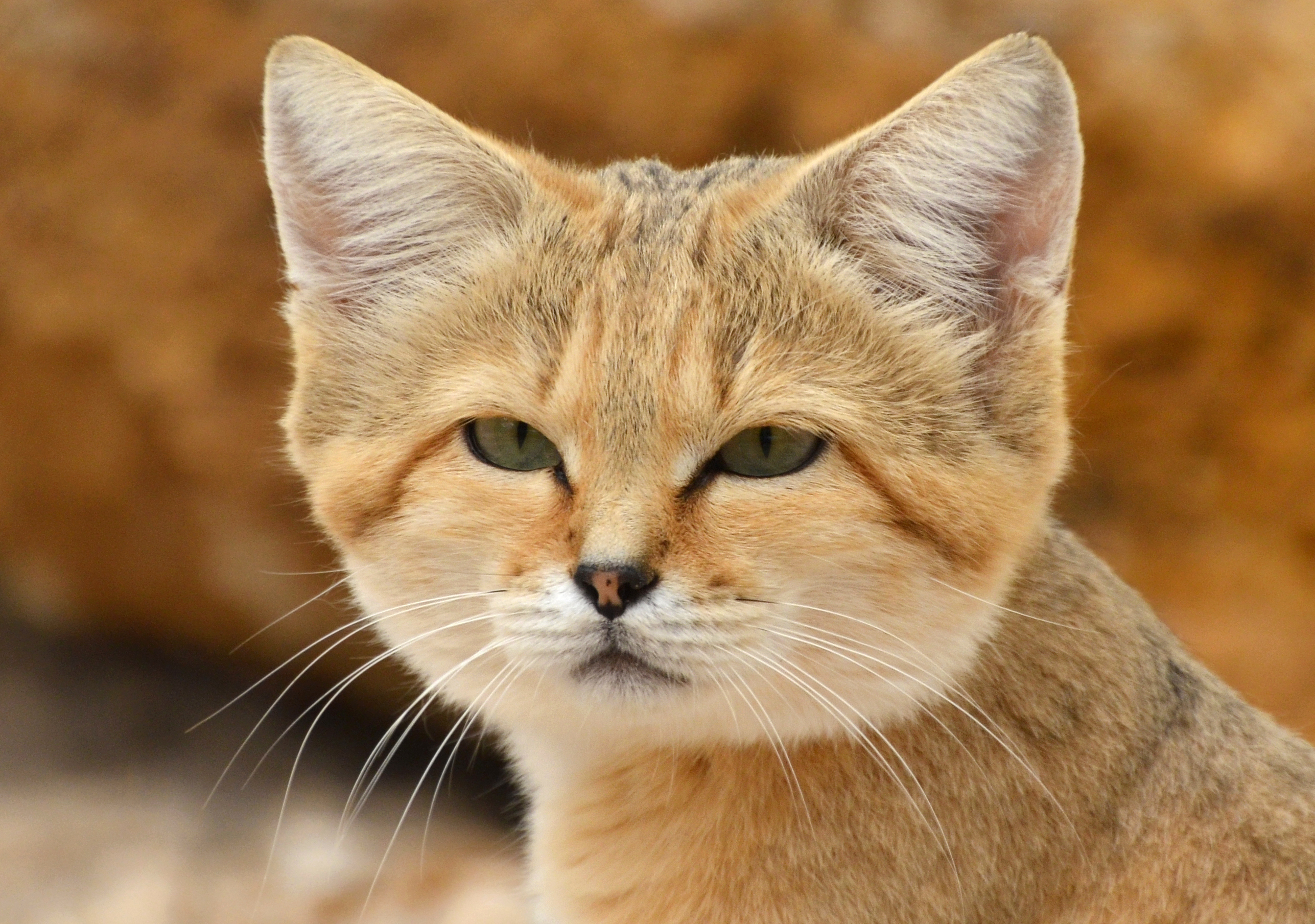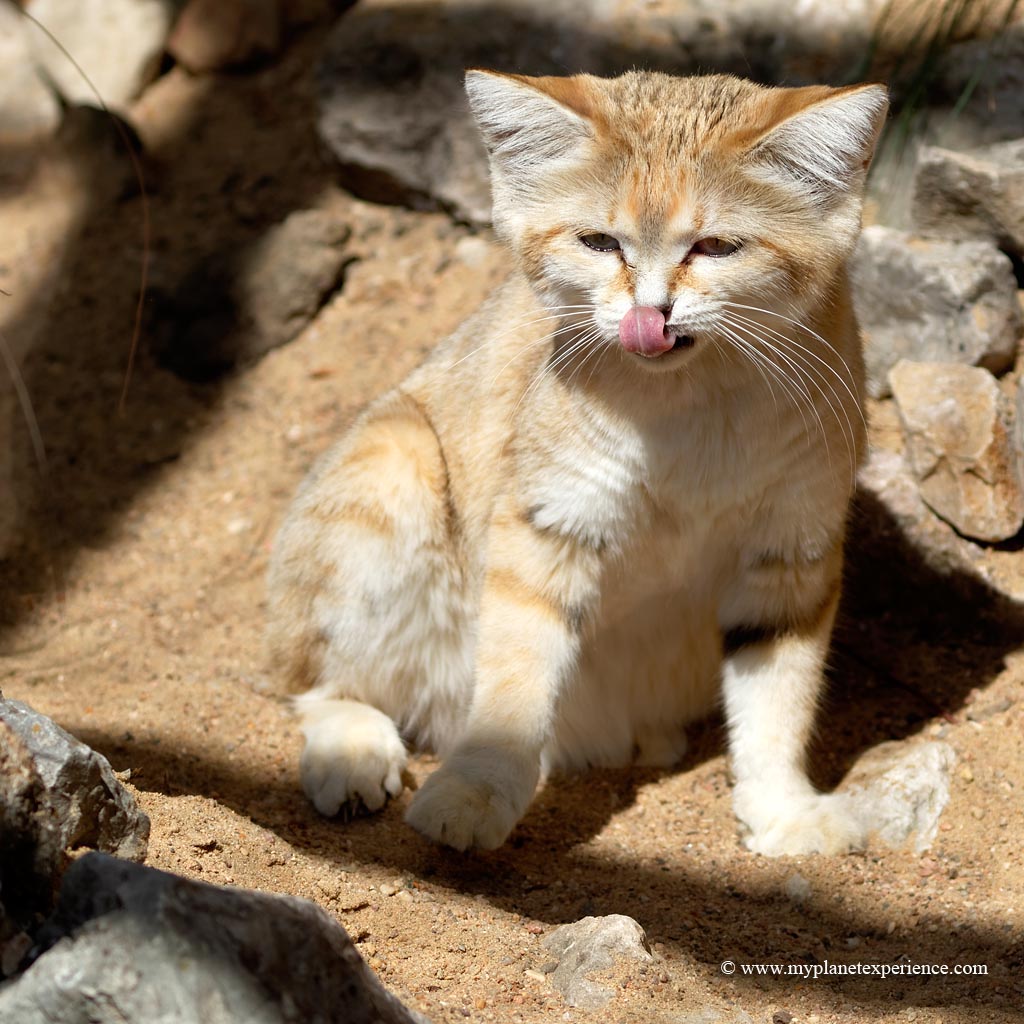Sand Cat Habitat And Food

The magnificent Arabian Sand Cat appears to have a widespread though disjointed distribution.
Sand cat habitat and food. The IUCN Red List has standardised habitat types globally and there is only one primary habitat type. Its head-and-body length ranges from 3952 cm with a 2331 cm long tail. Sand cat is carnivore meat-eaters.
The sand cat was housed in a 70m 2 enclosure which contained rocks water trees and several hiding places including a cave se fig. Conditions are extreme in the desert and temperatures can reach 124º F during the day and 31º F at night. Arabian Sand Cat Distribution Habitat and Ecology.
When it gets too hot or cold they retreat into a burrow. It starts to hunt when it gets dark and works all night until dawn. This animals sand colored coat is hard to see against dry bushes and sand and acts as protection for it.
But it also appears to be present in smaller populations in central and southwest Asia. Sand cats are found in both sandy and stony desert. The sand cat is the only felid found primarily in true deserts.
With its sandy to light grey fur it is well camouflaged in a desert environment. Vulnerable arid ecosystems are being rapidly degraded by human settlement and activity especially livestock grazing Allan and Warren 1993 Al-Sharhan et al. These also kill sand cats.
The study animal was a single captive born adult sand cat male in Parken Zoo in Eskilstuna Sweden. Instead they live in dry sandy plains and rocky valleys. They are found near the patches of sparse vegetation that can support their prey species and the cats have special adaptations to survive in the extreme desert conditions.


















